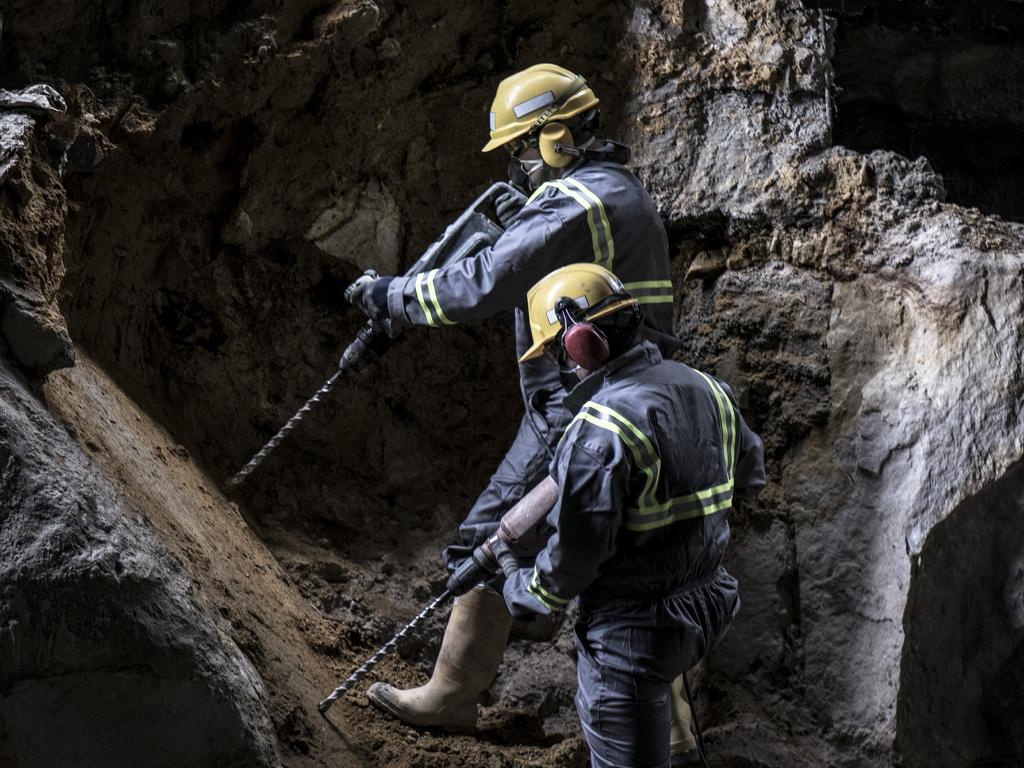The Mine Health and Safety Report: Assessing the Functioning of the Occupational Diseases in Mines and Works Fund

In December 2017, the South African Institute of Race Relations published a report titled "Deep and dangerous: Health and safety in our mines". The comprehensive document sets out the current health and safety legislation and delves into the implementation of these laws. The purpose of the report is to identify policy reforms that might assist in finding an appropriate balance between protecting the country’s mineworkers and the profitability of the mining companies that employ them. This article focuses on an aspect of the report which deals with the functioning of a fund established under the Occupational Diseases in Mines and Works Act 78 of 1973 (Odimwa).
Odimwa requires that mining companies pay prescribed levies into a compensation fund called the Mines and Works Compensation Fund (Odimwa Fund). Claimants of this fund are mineworkers who are diagnosed with silicosis, TB andother ‘compensatable diseases’ by a ‘medical certification committee for occupational disease’. The committee is affiliated to the Medical Bureau for Occupational Disease (MBOD).
Under Odimwa, mineworkers who contract a ‘compensatable disease’ are entitled to ‘one sum’ benefits from the Odimwa fund. The benefits are calculated using a statutory formula, which is set out in section 80 of Odimwa as (A x 12) x B. ‘A’ represents the mineworkers’ monthly wage, however,the amount in question may not exceed R3000. ‘B’ is an amount that varies (depending on the severity of the disease and other factors) between 1.3 (not severe) to 2.917 (severe).
The Minister of Health is empowered to increase any benefit awarded under section 80but has refrained from exercising this power since 2009 when mineworkers’ wages were capped at R3000 per month for the purposes of the formula. Monthly wages have since increased and in 2016 they averaged at R20 300. In terms of the formula, a mineworker who is suffering from an occupational disease to a lesser degree is entitled to a lump sum of R47 160. The maximum amount is a lump sum of R105 000 for a mineworker who is suffering from an occupational disease to a greater degree. The maximum amount is insufficient to generate a reasonable income for an employee who is no longer able to work.
A further challenge faced by the Odimwa systemis that the Odimwa statutory compensation fund is grossly inadequate as it is R600 million below the level required to cover current claims. The funds allocated for compensation purposes have been poorly administered and there have been major backlogs in the processing and payment of miners’ claims.
Odimwa has been identified as a failing system and attempts are being made to revive it. In 2008, The Chamber of Mines launched a ‘Making Odimwa Work’ project in conjunction with the Department of Health and the National Union of Mineworkers. These entities raised R26 million to track, trace and compensate former mineworkers who might have contracted ‘compensatable diseases’ since leaving the mines. Efforts are also being made to ensure that clinics and hospitals in areas where many mine workers are based have the capacity to examine people for occupational lung diseases and to help them lodge compensation claims.
2015 marked the launch of Project Ku-hira(derived from the Tsonga word for ‘compensation’). This project is aimed at finalizing approximately 100 000 certified, but unpaid, compensation claims. Notable progress has been made over time. In 2016, it was reported that R1.4 billion had been paid regarding 96 770 claims that have arisen over the last 30 years. Since February 2016, R141 million was paid to 3 520 beneficiaries.
Despite the progress, there is still a backlog of about 94 000 claims which have been approvedbut not yet paid. Between 300 000 - 500 000 claims must still be assessed.
Odimwa’s constant failures have given rise to a number of civil suits against mining companies instituted by mine workers. It is difficult to suggest a preferable route for mineworkers to take because a claim under Odimwa can succeed regardless of whether the mining company was at fault, whereas a civil claim for damages can only succeed if the mineworker can prove negligence or wrongfulness on the part of the mining company. The burden of proof in a civil claim is often not easily discharged.
Odimwa seeks to solve major health problems which are faced in South African mines. Many miners contract occupational diseases which have the effect of diminishing their quality of life. Prevention is better than cure, therefore it would be ideal to have mining companies improve their facilities so that mineworkers do not contract diseases in the first place.
Mineworkers who contract diseases like TB and silicosis deserve to be compensated. Mining companies pay levies to Odimwa that are supposed to cover claims for compensation. The administration of the Odimwa fund must improve significantly so that mineworkers are compensated. The Minister of Health must exercise his powers and increase the benefits due to mineworkers to keep track ofincreased wages. A price cannot be attached to the life of a person; however, mineworkers must be reasonably compensated when their occupation poses a danger to their lives.
Written by Shamila Mpinga.
